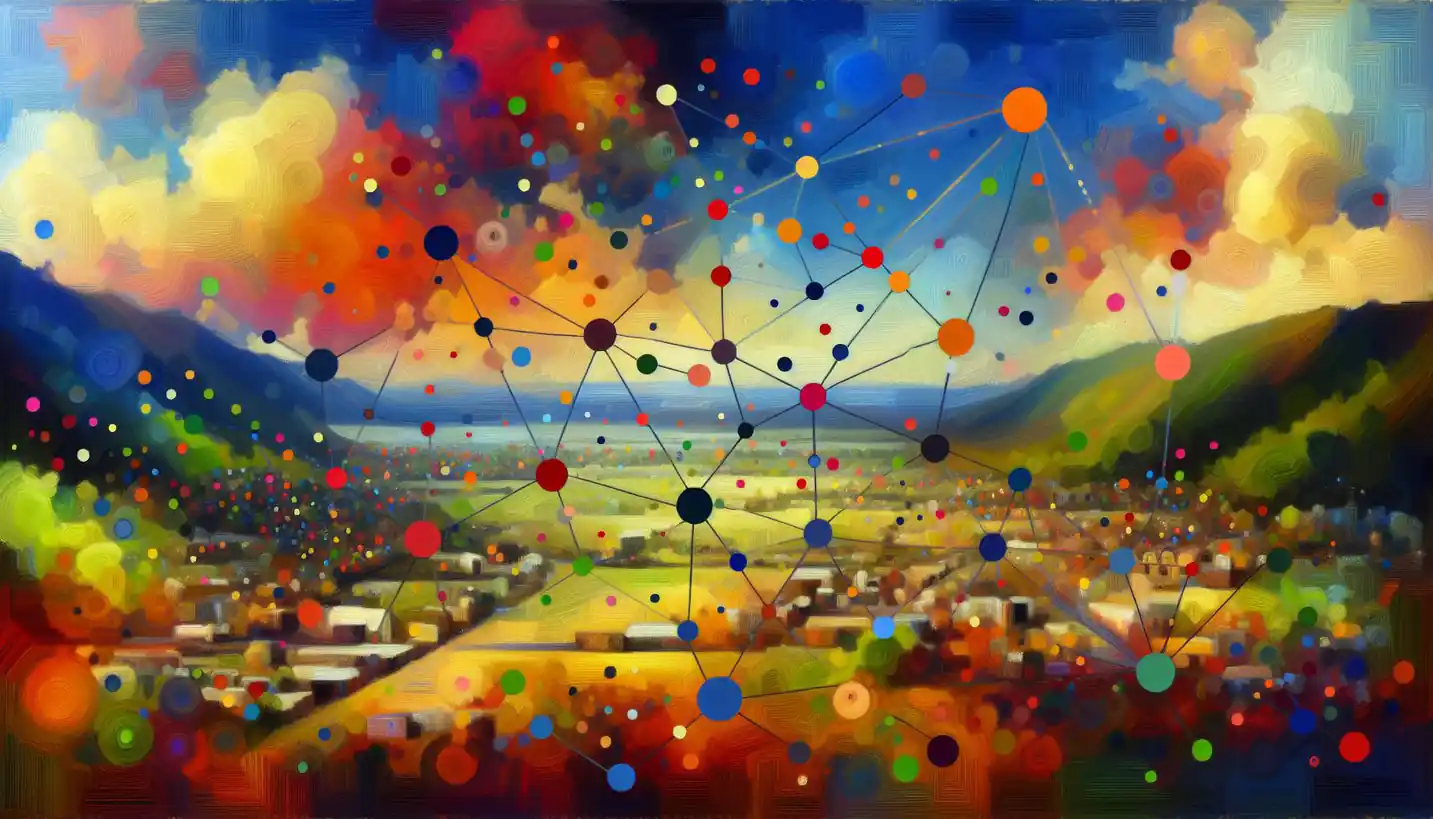· Sociology · 4 min read
Liminality: Exploring the In-Between in Sociology and Religion
Liminality: Exploring the In-Between in Sociology and Religion illuminates the phases of transition and transformation. Discover how liminality impacts individual and communal identities.

Liminality is a fascinating concept that pops up in sociology and the study of religion. Picture a doorway—the space you pass through when moving from one room to another. This space doesn’t belong to either room; it’s an “in-between” place where anything seems possible. That’s essentially what liminality is about: the state of being betwixt and between, neither here nor there.
What is Liminality?
Barry Turner first used the term liminality to describe rituals and rites of passage. Sociologist Victor Turner further developed this idea in the mid-20th century. The notion revolves around transition, crossing boundaries, and standing on the threshold of something new.
Think about a graduation ceremony. Graduates are no longer students but not quite professionals either. During the ceremony, they stand on the threshold of two different worlds. Liminality captures that sense of ambiguity and potential.
Liminal Spaces in Society
Liminal spaces aren’t just physical. They can be social or cultural, too. Consider a wedding. The bride and groom undergo a significant transformation—exchanging lives as singles for those of a married couple. But during the ceremony, they are in a liminal phase, transitioning from one state to another.
The beauty of liminality is that it connects various elements of our lives. It’s about those precious moments of uncertainty and change, which might feel unsettling but are essential for growth. This concept allows us to understand identity and change better—like when someone moves to a new country, leaving the comfort of their known world to explore new horizons as an immigrant.
Liminality in Religion
Religions around the world have their own liminal states. Think of initiation ceremonies like baptisms or bar mitzvahs. During these events, participants are neither fully part of their old life nor entirely in their new role. They stand in a liminal phase, symbolizing transformation and new beginnings.
Religious rituals often create liminal spaces where people come together to experience something sacred, leaving behind their usual roles and entering a period of reflection and connection with the divine. This temporary detachment from the mundane helps individuals shape their spiritual identities.
Why is Liminality Important?
Understanding liminality gives us insights into the human experience of transformation. It’s a space of potential, creativity, and ambiguity, where the old and new can meet and blend. By studying these transitional phases, sociologists and anthropologists can grasp how societies evolve and how individuals navigate changes.
Insights into Personal Growth
Liminal phases are periods of intense personal growth. During these times, people grapple with new roles, responsibilities, and beliefs. It’s during these moments that our identities can shift profoundly.
Think of a college freshman leaving home for the first time. In this liminal period, they explore independence, test boundaries, and redefine who they are. These experiences, though sometimes challenging, are integral to development.
Societal Significance
Liminality doesn’t just apply to individuals—it’s crucial for societal change, too. Revolutions, social movements, and even technological advancements can be seen as liminal phases for communities and entire cultures. During these times, societies fluctuate between the known and the unknown, paving the way for new norms and systems.
Modern-Day Liminality
In today’s fast-paced world, liminality is more relevant than ever. With rapid technological advancements and shifting cultural dynamics, many people find themselves continually navigating these in-between spaces.
Take the gig economy, for instance. Many workers juggling multiple freelance jobs live in a state of professional liminality, constantly adapting to changing roles and environments without the security of a traditional career path.
Or think about pandemics, where societies collectively experience liminality—grappling with changes in norms, behaviors, and expectations. It’s a powerful reminder of liminality’s presence in shared global experiences.
The Future and Liminality
What does the future hold for liminality? As our world continues to change at breakneck speed, the concept becomes even more pivotal. It challenges us to embrace uncertainty, viewing it not as a void but as an opportunity for creativity and innovation.
Liminality invites us to question: How can we better understand change? How do we find meaning in transitions? And more importantly, how can we harness the power of these in-between spaces for personal and societal growth?
Conclusion
Liminality, with its roots in sociology and religion, offers a profound insight into the human condition. It reminds us of the beauty and necessity of transitions, providing a lens through which we understand growth, change, and the rich tapestry of life that exists in those liminal spaces.
Whether it’s a personal milestone or a societal shift, this concept encourages reflection and adaptation, urging us to embrace the liminal spaces that shape our journeys and our world.



